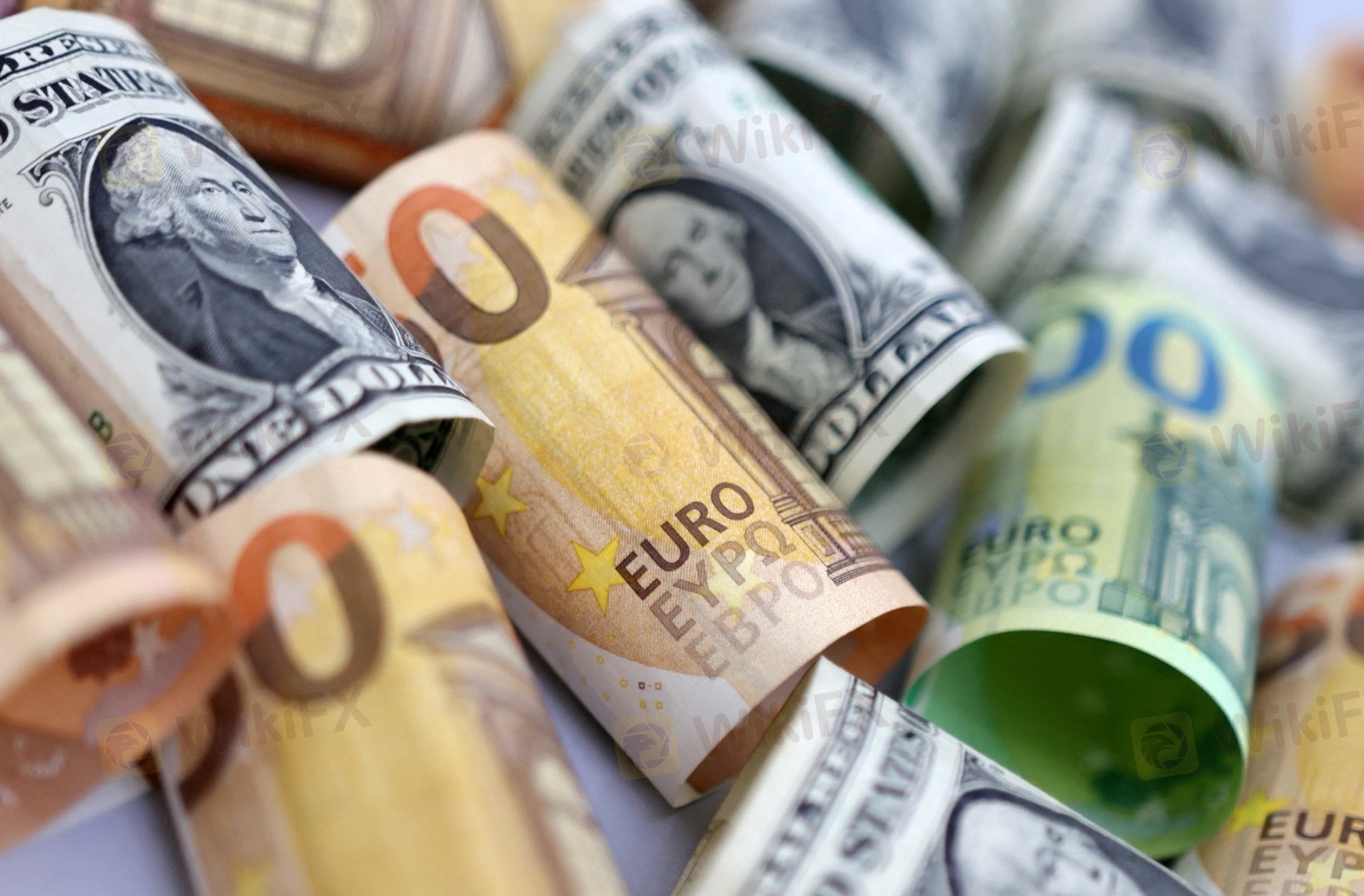
2025-02-21 18:06
Na indústriaWhy does the dollar sometimes strengthen after a r
#FedRateCutAffectsDollarTrend
Why Does the Dollar Sometimes Strengthen After a Rate Cut?
While lower interest rates typically weaken the U.S. dollar, there are several scenarios where the dollar can actually strengthen after a Fed rate cut. This happens due to market expectations, global risk sentiment, and policy comparisons with other central banks.
1. Market Expectations Were More Dovish Than the Actual Cut
• If markets expected a deeper rate cut (e.g., 50 bps) but the Fed only cuts by 25 bps, the dollar can strengthen because the Fed appears less dovish than anticipated.
• Example: In July 2019, the Fed cut rates by 25 bps, but the dollar strengthened because markets were expecting an even more aggressive easing cycle.
2. Flight to Safety – Global Uncertainty Drives Dollar Demand
• The U.S. dollar is a safe-haven currency during times of economic or geopolitical turmoil.
• If the Fed is cutting rates due to a looming recession or global crisis, investors may still prefer U.S. assets over riskier markets, boosting the dollar.
• Example: In March 2020 (COVID crisis), the Fed cut rates aggressively, but the dollar spiked as investors sought safety in U.S. Treasuries.
3. Other Central Banks Are Cutting Too
• If the Fed cuts rates but other central banks (ECB, BoJ, etc.) are also easing, interest rate differentials may remain stable, preventing the dollar from weakening.
• Example: In 2019, the Fed cut rates three times, but the dollar stayed strong because the ECB and other central banks were also easing.
4. Strong U.S. Economic Fundamentals Relative to Other Countries
• If the Fed cuts rates as a precautionary measure (rather than due to economic weakness), the U.S. economy may still outperform other regions.
• A relatively strong U.S. economy attracts capital flows, supporting the dollar.
• Example: In mid-2019, the Fed cut rates amid trade war concerns, but the U.S. economy was still stronger than Europe’s, keeping the dollar firm.
5. Short-Term Market Positioning & Profit-Taking
• Before a widely expected rate cut, traders may short the dollar in anticipation of weakness.
• After the cut, if the move was already priced in, traders may unwind short positions, leading to a dollar rebound.
Bottom Line
A Fed rate cut typically weakens the dollar, but not always. Factors like market expectations, global
Gostar 0
FX1710908571
Trader
Discussões populares
Análise de mercado
Brasileiros FX
Análise de mercado
Brasileiros no FOREX
Análise de mercado
Don't buy Bitcoin now! Look at my review and description in the print!
Análise de mercado
análises do mercado financeiro ao vivo confira
Na indústria
Não consegui sacar meus peofits
Na indústria
Não é possível retirar
Categoria do mercado

Plataforma

Exibições

IB

Recrutamento

EA

Na indústria

Mercado

Índice
Why does the dollar sometimes strengthen after a r
 Índia | 2025-02-21 18:06
Índia | 2025-02-21 18:06#FedRateCutAffectsDollarTrend
Why Does the Dollar Sometimes Strengthen After a Rate Cut?
While lower interest rates typically weaken the U.S. dollar, there are several scenarios where the dollar can actually strengthen after a Fed rate cut. This happens due to market expectations, global risk sentiment, and policy comparisons with other central banks.
1. Market Expectations Were More Dovish Than the Actual Cut
• If markets expected a deeper rate cut (e.g., 50 bps) but the Fed only cuts by 25 bps, the dollar can strengthen because the Fed appears less dovish than anticipated.
• Example: In July 2019, the Fed cut rates by 25 bps, but the dollar strengthened because markets were expecting an even more aggressive easing cycle.
2. Flight to Safety – Global Uncertainty Drives Dollar Demand
• The U.S. dollar is a safe-haven currency during times of economic or geopolitical turmoil.
• If the Fed is cutting rates due to a looming recession or global crisis, investors may still prefer U.S. assets over riskier markets, boosting the dollar.
• Example: In March 2020 (COVID crisis), the Fed cut rates aggressively, but the dollar spiked as investors sought safety in U.S. Treasuries.
3. Other Central Banks Are Cutting Too
• If the Fed cuts rates but other central banks (ECB, BoJ, etc.) are also easing, interest rate differentials may remain stable, preventing the dollar from weakening.
• Example: In 2019, the Fed cut rates three times, but the dollar stayed strong because the ECB and other central banks were also easing.
4. Strong U.S. Economic Fundamentals Relative to Other Countries
• If the Fed cuts rates as a precautionary measure (rather than due to economic weakness), the U.S. economy may still outperform other regions.
• A relatively strong U.S. economy attracts capital flows, supporting the dollar.
• Example: In mid-2019, the Fed cut rates amid trade war concerns, but the U.S. economy was still stronger than Europe’s, keeping the dollar firm.
5. Short-Term Market Positioning & Profit-Taking
• Before a widely expected rate cut, traders may short the dollar in anticipation of weakness.
• After the cut, if the move was already priced in, traders may unwind short positions, leading to a dollar rebound.
Bottom Line
A Fed rate cut typically weakens the dollar, but not always. Factors like market expectations, global
Gostar 0
Também quero comentar.
Perguntar
0Comentários

Ainda não há comentários. Faça o primeiro.

Perguntar
Ainda não há comentários. Faça o primeiro.